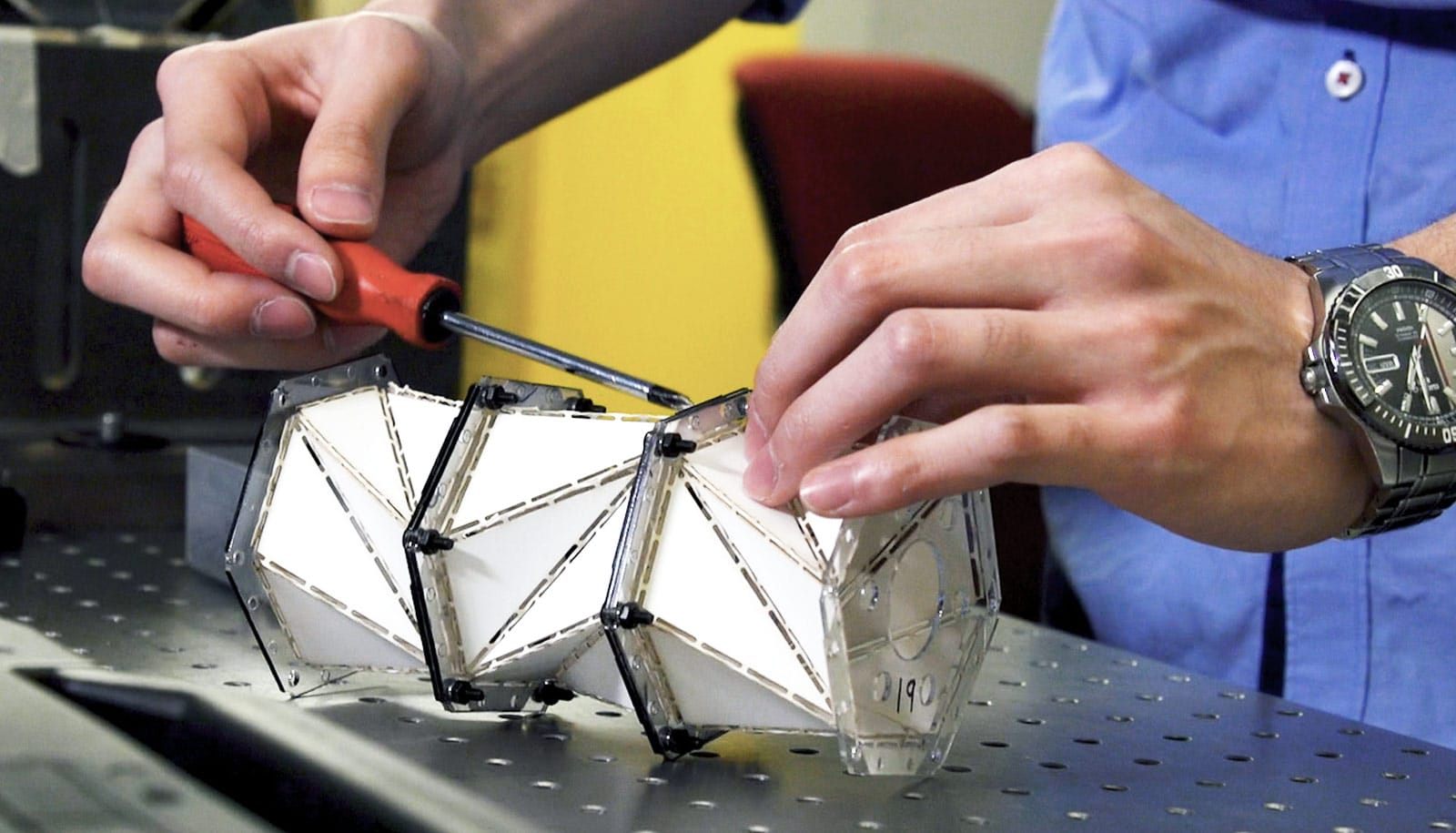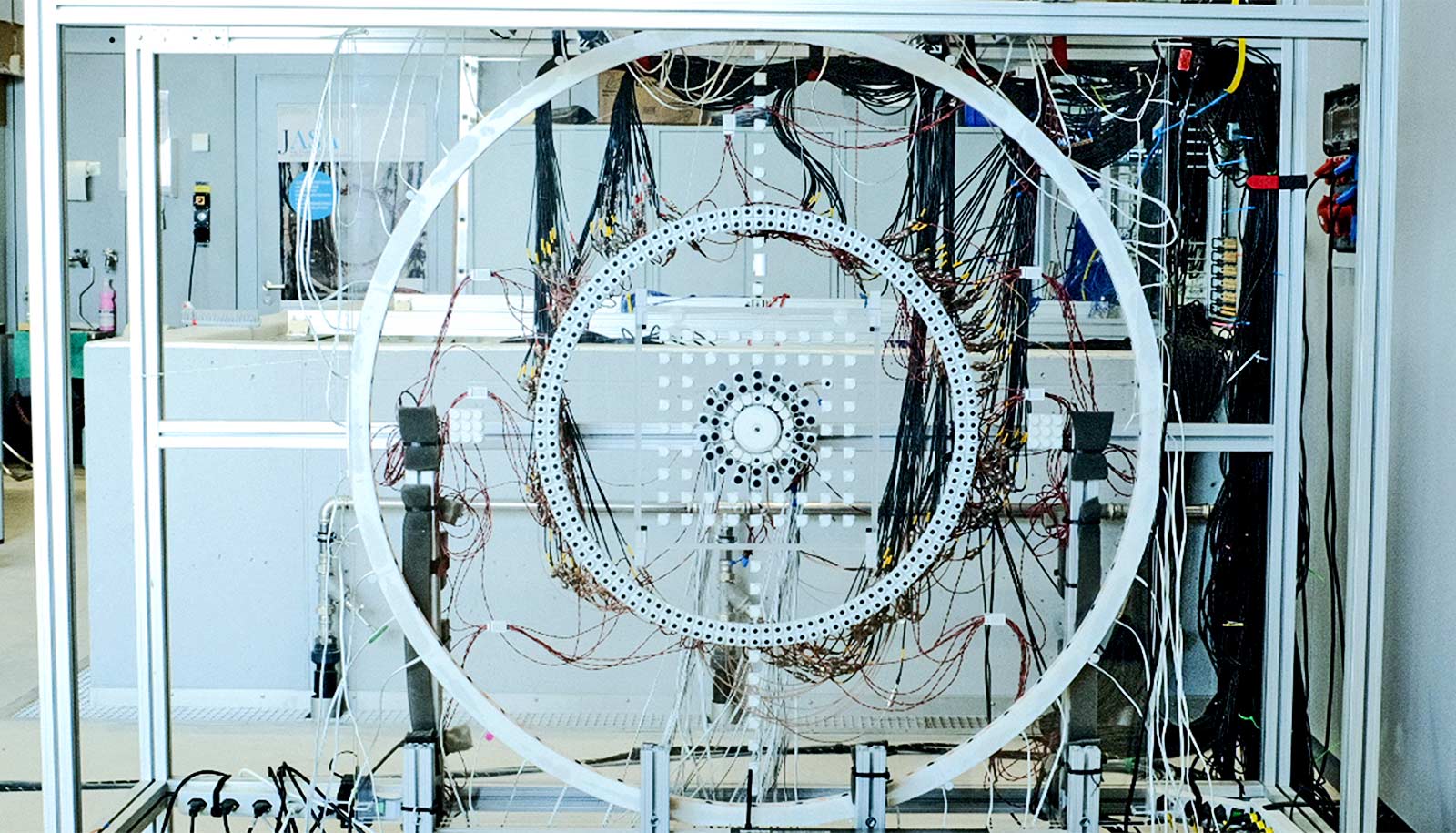Scientists have developed an artificial material called a metamaterial that can respond to its environment, independently make a decision, and perform an action without direction from a human.
For example, a drone making a delivery might evaluate its environment including wind direction, speed, or wildlife, and automatically change course in order to complete the delivery safely.
Guoliang Huang, professor of engineering at the University of Missouri and coauthor of the study in Nature Communications, says the mechanical design of their new artificial material incorporates three main functions also displayed by materials found in nature—sensing; information processing; and actuation, or movement.
Some examples of these natural materials include the quick reaction of a Venus flytrap’s leafy jaws to capture an insect, chameleons changing the color of their skin to blend into their surroundings, and pine cones adjusting their shapes in response to changes in air humidity, Huang says.
“Basically, we are controlling how this material responds to changes in external stimuli found in its surroundings,” Huang says. “For example, we can apply this material to stealth technology in the aerospace industry by attaching the material to aerospace structures. It can help control and decrease noises coming from the aircraft, such as engine vibrations, which can increase its multifunctional capabilities.”
The material uses a computer chip to control or manipulate the processing of information that’s needed to perform the requested actions, then uses the electrical power to convert that energy into mechanical energy. The researchers’ next step is to implement their idea in a real-world environment.
Additional coauthors are from the University of Missouri and the University of Chicago.
Funding comes from the Air Force Office of Scientific Research, the Army Research Office, and the National Science Foundation Graduate Research Fellowship. The content is solely the responsibility of the authors and does not necessarily represent the official views of the funding agencies.
Source: University of Missouri



